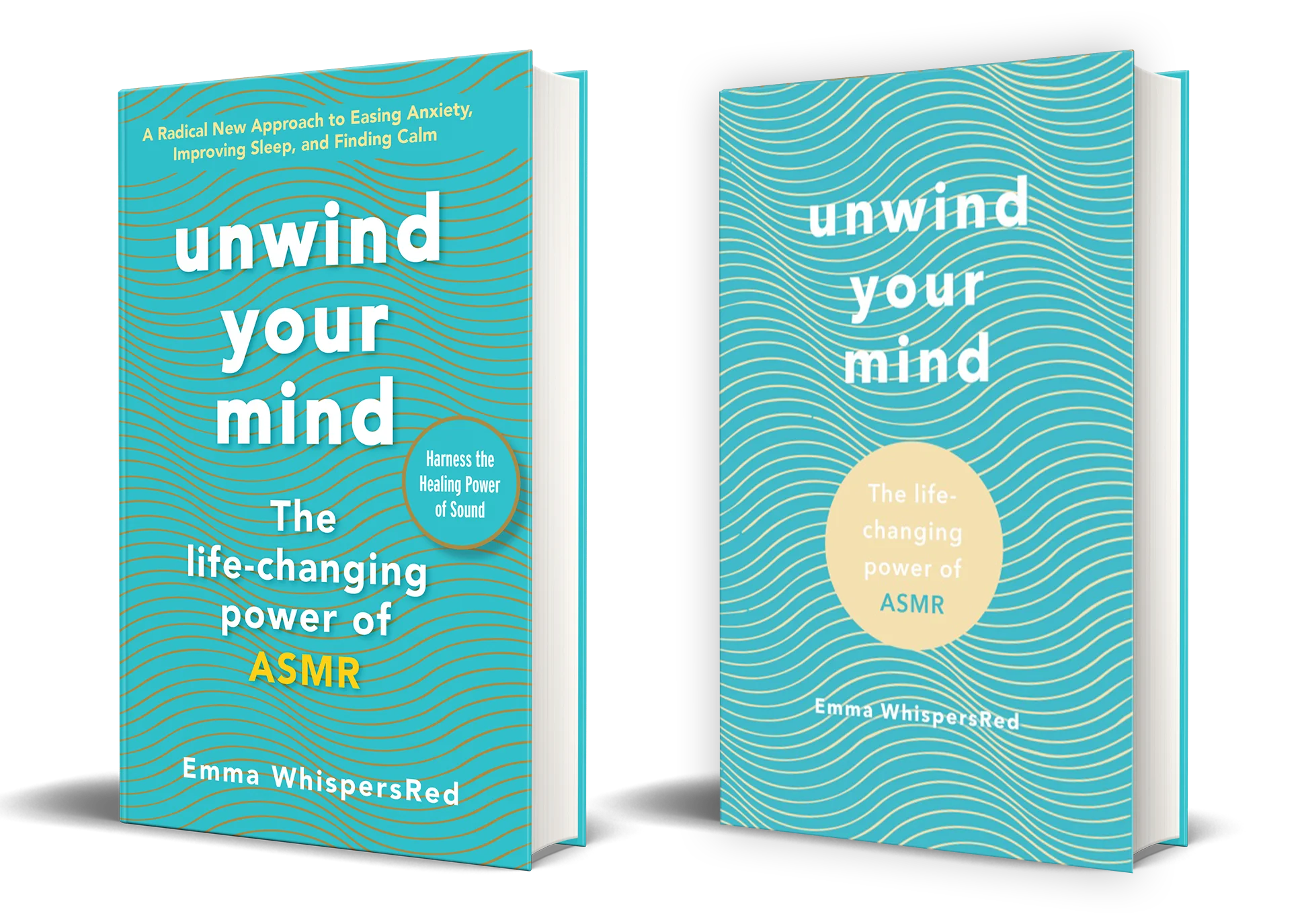Generally speaking, ASMR content creators are essentially self taught YouTubers who have experienced this feeling all of their lives just like the viewers. Those that have been creating content for many years have literally been developing these techniques since they started. Working with the early childhood memories of triggers, adapting these for a video setting, trying out new ideas, developing those seen done by fellow content creators, viewer suggestions and feedback. Personally it’s been an interesting journey with trials, errors and successes to develop the skills I have now and there is still a way to go with more ideas to explore. Not just in video format but live and in person sessions.
There are no courses or qualifications for ASMR. Content creators make videos with the intention to relax the viewer and we receive feedback on how people have used or enjoyed them. However I am in the early stages of developing an ASMR academy to train spa professionals around the world who will go on to provide ASMR treatments in their current practice. There will also be courses for anyone else to reconnect with their innate nurturing skills and give ASMR treatments to friends and family. This is currently named The WhispersRed Academy and interest can be registered here – https://thewhispersred.academy
In early 2020, ASMR researcher Giulia Poerio of the University of Essex in the UK, achieved full funding for a PHD in ASMR and its benefits. Applications opened to great response from potential candidates. However, the course was to begin in October 2020 and funding was pulled after complications from lockdowns and restrictions. We hope to see funding for this course return in the future.
In 2016 I became a qualified Sound Therapy practitioner through The Collage of Sound Healing in England. Then later a practitioner in Crystal and Himalayan Bowl treatments as well as Assemblage Point adjustment and Reiki. I wanted to understand better the effects of sound on the body and how I was possibly helping my viewers. These courses gave me a much deeper understanding of what I do on YouTube and the experience to go on and take ASMR back into the world where it started for me. I strongly believe the social aspect of nurturing one another should not be lost especially as we grow older. The internet should be a means for further connection, not stop us from experiencing it fully in person. It should be a tool and not a substitute.

